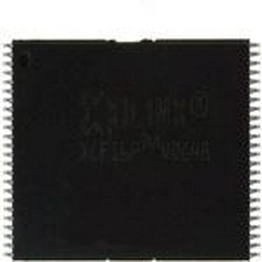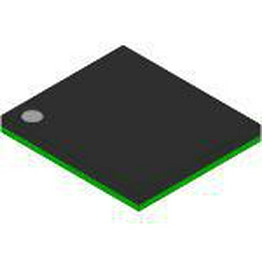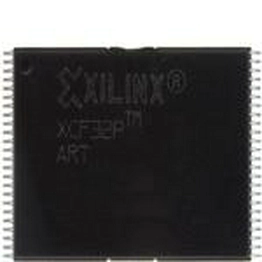Flash Memory
Results:Flash Memory Results:
Comprehensive
Price Priority
Stock Priority
Image
Part Number
Manufacturer
Description
Availability
Unit Price
Quantity
Operation

XILINX
2MB 1.65V 2V 33MHz Parallel TSOP-48 SMD mount
Quantity: 49
In Stock
20+
1+ $47.3843
10+ $45.0365
30+ $43.9692
100+ $42.6886
-
+
Ext. Price: $47.38
MOQ: 1
Mult: 1
SPQ: 1

XILINX
2MB 8Mx8 1.65V 100mA 2V 50MHz Parallel 8bit TFBGA-48 SMD mount 9mm*8mm*1.2mm
Quantity: 100
In Stock
19+
10+ $112.3564
100+ $109.3996
500+ $106.4429
-
+
Ext. Price: $1123.56
MOQ: 10
Mult: 1

XILINX
512KB 3V 3.6V 33MHz Serial TSSOP-20 SMD mount 6.5mm*4.39mm*1.04mm
Quantity: 600
Ship Date: 3-5 working days
21+
10+ $89.3872
100+ $83.5257
500+ $82.0604
1000+ $80.595
-
+
Ext. Price: $893.87
MOQ: 10
Mult: 10

XILINX
4MB 1.65V 2V 33MHz Parallel TSOP-48 SMD mount 12.1mm*18.5mm*1mm
Quantity: 1000
In Stock
20+
10+ $45.6167
100+ $44.4163
500+ $43.2158
-
+
Ext. Price: $456.16
MOQ: 10
Mult: 1
SPQ: 480












